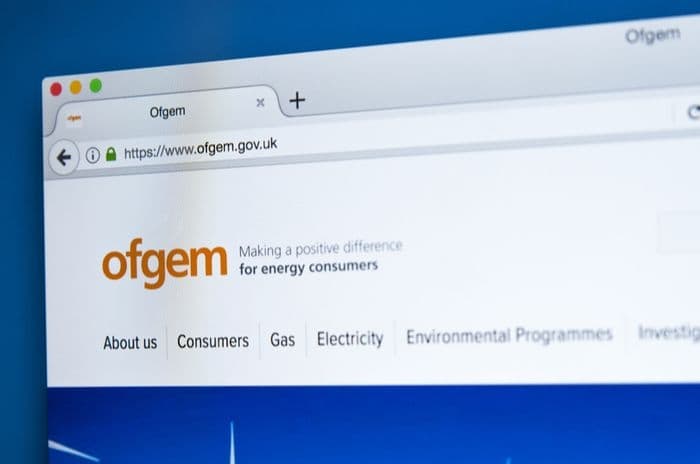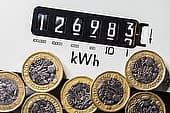Home > Energy > News > Ofgem lower energy price caps again from October
Ofgem lower energy price caps again from October
Third consecutive fall in default price cap brings the price of a unit of energy to lowest levels since cap was introduced in January 2019.
Around 11 million customers on default tariffs will see the payment cap lowered by £84 to £1,042 per year from 1 October.
For prepayment meter customers, the cap will fall by £95 to £1,164 per year, affecting around four million households.
Ofgem also confirmed the default price cap will remain active into 2021 and the prepayment cap will be rolled into the default price cap when it expires at the end of this year.

Lower bills
Ofgem's decision to lower the price cap in line with falling wholesale energy prices is no surprise - they warned suppliers back in June that the coronavirus crisis wouldn't affect how they calculated the cap this time around.
So, we see the price cap for standard variable tariffs (SVTs) set at £1,042 from October 2020, a fall of £84 compared to six months earlier and £212 lower than it was between April and October 2019.
The cap for prepayment meters will fall to £1,164, reflecting the higher costs of supplying energy to customers with prepayment meters.
It's important to remember the headline figures above aren't the total a customer will pay for energy - it's an example of how the cap would apply to a household using an average amount of energy per year.
What Ofgem's cap does is cap the amount suppliers can charge per unit of energy, factoring in the prices suppliers have to pay for their energy on the wholesale market.
Future rises likely
Although this is the third consecutive fall in the energy price cap following falls in both October 2019 and April 2020, there's unlikely to be a fourth when the cap is next revised ahead of April 2021.
This is because a large proportion of the cap is calculated on the wholesale costs of energy which have fallen due to the worldwide coronavirus pandemic but are showing signs of returning to higher levels as the world gets back to work.
Equally, when suppliers asked Ofgem ahead of this announcement to consider the potential implications of bad debt on the industry following Covid-19, Ofgem replied that it wouldn't be considered in the setting of the October 2020 price cap, but it's likely to play a part in April 2021 and beyond.
While around 11 million households are on SVTs, those customers can usually save money every year by switching to a fixed tariff energy deal.
Cap continuing in 2021
At the time of the introduction of the default price cap, Ofgem gave themselves room to remove it after the end of 2020 if market conditions were working more effectively.
They've now said their conditions for removal have not yet been met, so the cap will continue into 2021 and could theoretically last until the end of 2022.
However, the cap for prepayment meters was due to expire at the end of 2020 and the decision has been made for this to roll into the default meter cap.
This means protection for prepayment customers will continue as long as the default tariff cap does, although the cap levels will still be calculated differently.
The same methodology currently used to calculate the levels of the prepayment cap will be undertaken as a separate activity within the default price cap, so customers with prepayment meters will still pay more for energy.
Get insider tips and the latest offers in our newsletter

We are independent of all of the products and services we compare.

We order our comparison tables by price or feature and never by referral revenue.

We donate at least 5% of our profits to charity, and we have a climate positive workforce.
Latest News

02 January 2024
Energy prices increase by 5%
23 November 2023
Energy price cap to rise 5% in January 2024
24 October 2023
Energy companies must do more to support customersGet insider tips and the latest offers in our newsletter


